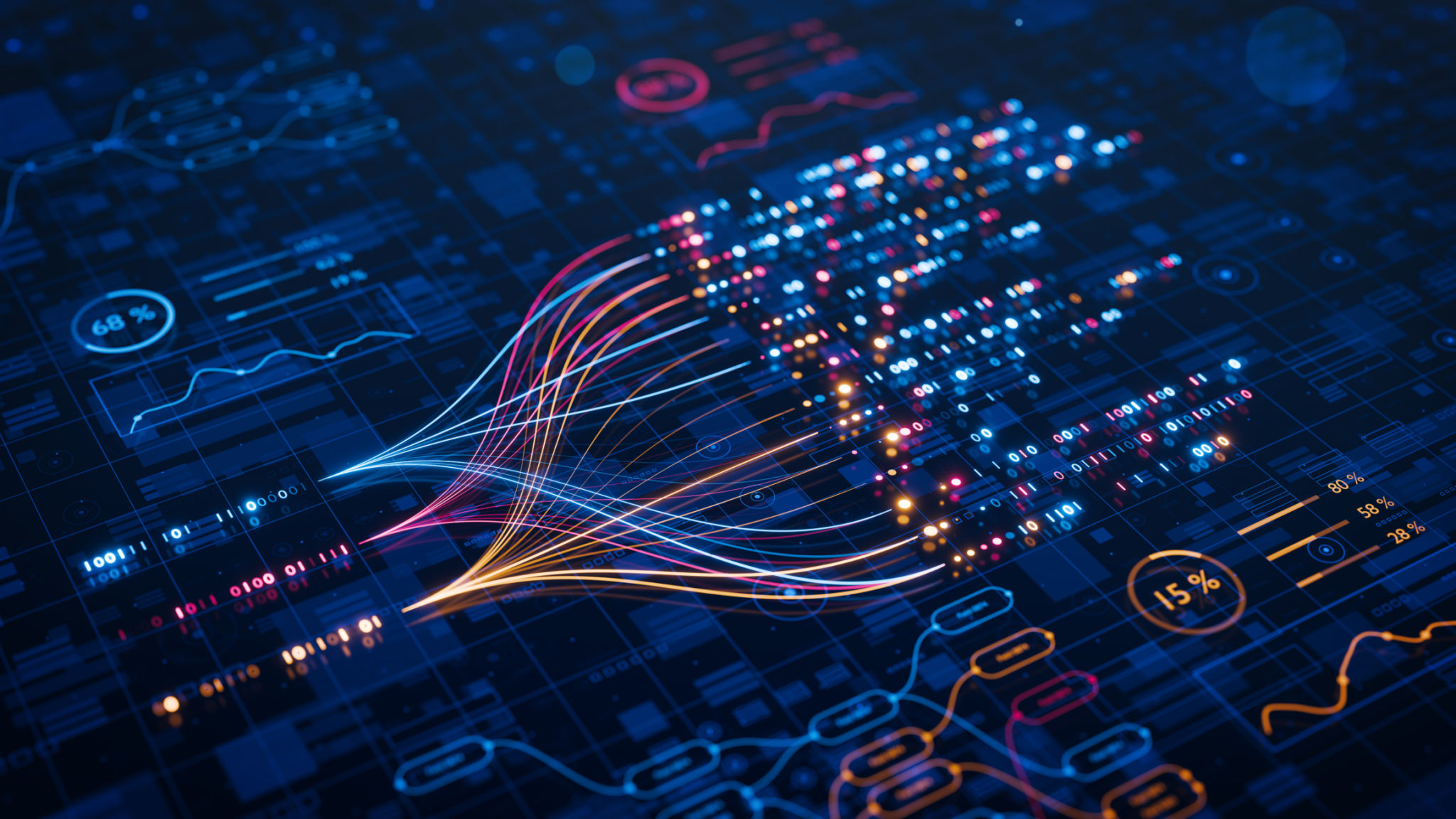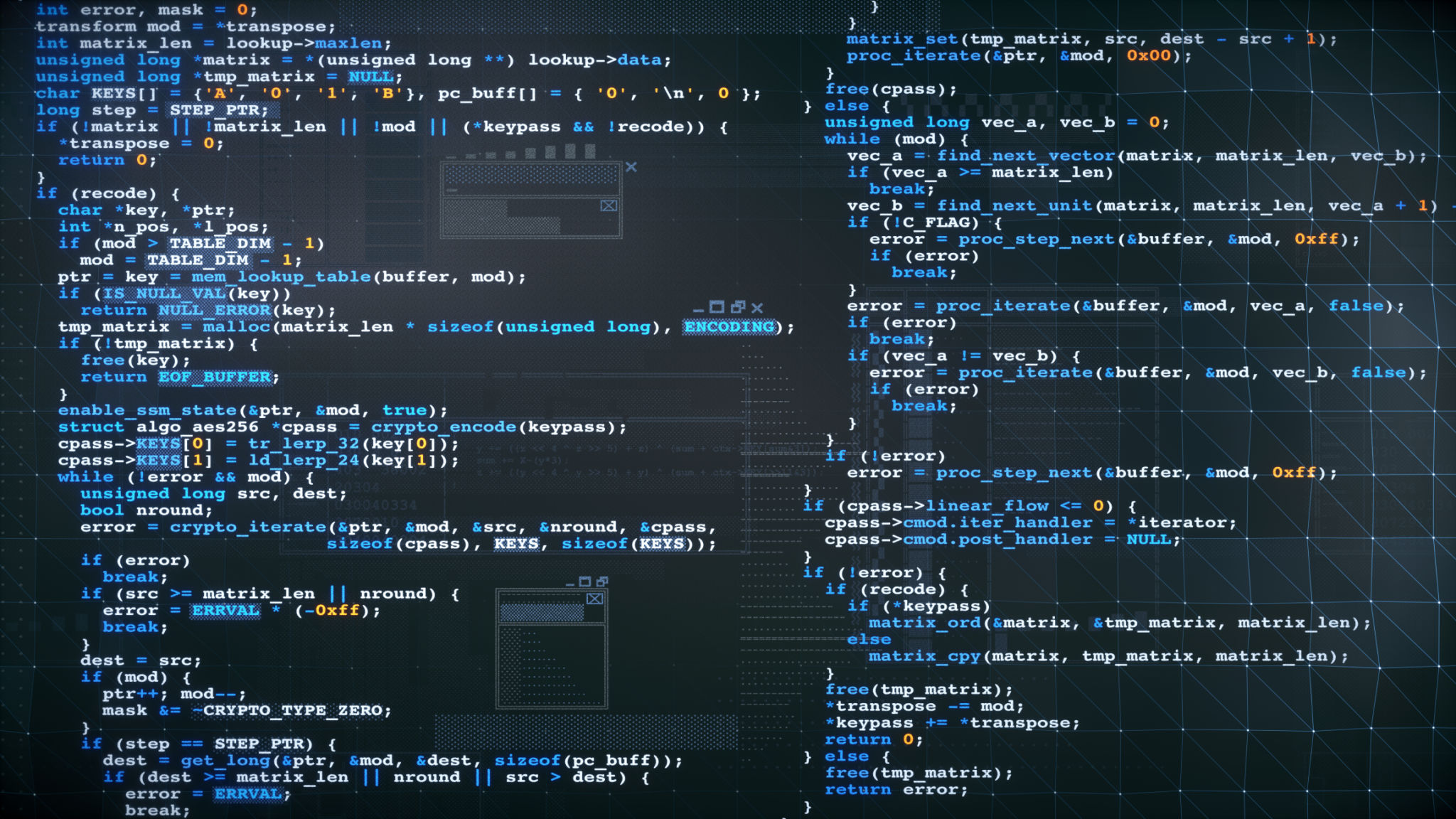Comprehensive Deep Learning Tutorials: A Step-by-Step Guide for Beginners
Understanding Deep Learning
Deep learning is a subset of artificial intelligence and machine learning that focuses on using neural networks with many layers to process and learn from data. It's a revolutionary technology that powers applications such as image recognition, natural language processing, and autonomous vehicles. For beginners, diving into deep learning can seem daunting, but with the right resources and guidance, anyone can start mastering this exciting field.

Getting Started with Deep Learning
Before you begin your journey into deep learning, it's essential to have a solid understanding of the prerequisites. These include basic programming skills, familiarity with Python, and a grasp of linear algebra and calculus. If you're not yet comfortable with these concepts, consider taking introductory courses or tutorials to build a strong foundation.
Once you're ready to dive in, there are numerous online resources available. Websites like Coursera, edX, and Udacity offer comprehensive courses that can guide you through the basics of deep learning. These platforms provide both theoretical knowledge and practical exercises to help reinforce what you've learned.
Exploring Neural Networks
At the heart of deep learning are neural networks, which are designed to simulate the way the human brain processes information. Understanding how these networks function is crucial for anyone looking to specialize in deep learning. Neural networks consist of layers of nodes, or neurons, each connected to the next layer through weighted edges.

The learning process involves adjusting these weights based on the error of the model's predictions compared to actual outcomes. This is achieved through a technique called backpropagation, which allows the model to learn and improve over time.
Building Your First Model
Creating your own deep learning model is an exciting step in your journey. Start by choosing a simple dataset, such as the MNIST dataset for handwritten digit recognition. This dataset is widely used in introductory courses and provides a great way to practice building and training a neural network.
To construct your model, you'll need to use a deep learning framework such as TensorFlow or PyTorch. These frameworks offer powerful tools and libraries that simplify the process of building, training, and deploying models. Begin by setting up your environment and writing code to define your neural network architecture.

Training and Evaluating Your Model
Once your model is built, it's time to train it using your chosen dataset. Training involves feeding data into the model, allowing it to make predictions, and then comparing those predictions to the actual results. The model's weights are adjusted through backpropagation to minimize the error.
After training your model, evaluate its performance using metrics such as accuracy, precision, recall, and F1-score. This will give you an understanding of how well your model is performing and where improvements can be made.
Continuing Your Deep Learning Journey
Deep learning is a vast and ever-evolving field. As you gain confidence in building and training models, consider exploring more complex topics such as convolutional neural networks (CNNs) for image processing or recurrent neural networks (RNNs) for sequence prediction.
Engage with the deep learning community by joining forums, attending workshops, or participating in hackathons. Staying connected with others in the field will provide you with valuable insights and inspiration as you continue to learn and grow.

By following this step-by-step guide, you'll be well on your way to mastering deep learning. Remember that persistence and practice are key. As you gain experience, you'll not only develop technical skills but also a deeper understanding of how deep learning can be applied to solve real-world problems.